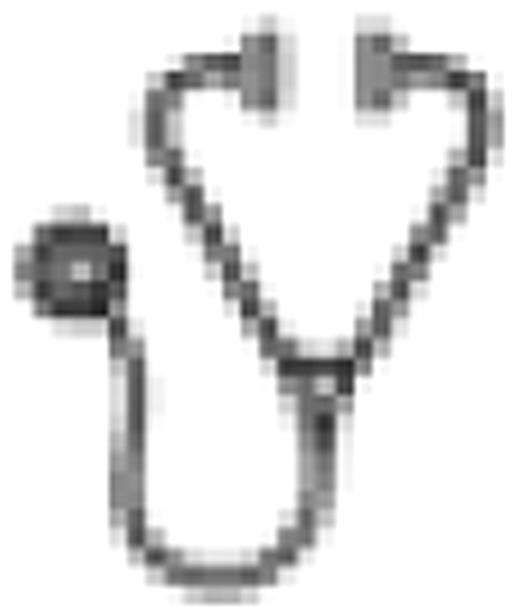Abstract
Diagnosis and classification of myelodysplastic syndromes (MDS) is based on cytomorpholgy (CM) and cytogenetics (CG). By the identification of MDS-related aberrant antigen expression multiparameter flow cytometry (MFC) may add important diagnostic information. Examples include an aberrant expression pattern of CD13 and CD16 in granulocytes, an aberrante expression pattern of HLA-DR and CD11b in monocytes and the expression of lymphoid markers on myeloid blasts (Haematologica 2009:94:1124). To evaluate the potential role of MFC in the diagnostic setting of MDS we analyzed 1013 cases with suspected MDS by CM, CG, and MFC in parallel. Cases were classified by CM as refractory anemia (RA, n=31, 3.1%), refractory anemia with ring sideroblasts (RARS, n=27, 2.7%), refractory cytopenia with multilineage dysplasia (RCMD, n=64, 6.3%), refractory cytopenia with multilineage dysplasia and ring sideroblasts (RCMD-RS, n=49, 4.8%), refractory anemia with excess of blasts 1 (RAEB-1, n=133, 13.1%), RAEB-2 (n=81, 8.0%), 5q- syndrome (n=24, 2.4%), chronic myelomonocytic leukemia (CMML, n=65, 6.4%), myelodysplastic syndrome unspecified (MDS-u, n=15, 1.5%), MDS borderline to acute myeloid leukemia (MDS/AML, n=6, 0.6%), MDS/myeloproliferative neplasia overlap (MDS/MPN, n=16, 1.6%), suspected MDS (n=225, 22.2%), reactive condition (n=266, 26.3%), and normal findings (n=11, 1.1%). Cytogenetic findings were normal karyotype (n=768, 75.8%), isolated deletion of long arm of chromosome 5 (del(5q), n=43, 4.2%), isolated aberrations of chromosome 7 (n=14, 1.4%), isolated trisomy 8 (n=30, 3.0%), isolated deletion of long arm of chromosome 20 (del(20q), n=21, 2.1%), complex karyotype (n=23, 2.3%), loss of Y-chromosome (n=43, 4.2%), other aberrations (n=71, 7.0%). Concordance between CM and MFC was 82.0% for diagnostic results in 788 cases with unequivocal CM. 277 of these 788 cases were classified by CM as not having MDS, 13 (4.7%) of which showed MDS-typical features by MFC. Additional 225 cases showed only minor dysplastic features by CM, 51 (22.7%) of which showed clear evidence of MDS by MFC. To further analyze the significance of MDS-related findings by MFC we then focused on cytogenetically aberrant cases without unequivocal MDS by CM. In 6/12 (50.0%) cases with no indication of MDS by CM and MDS-typical cytogenetic aberrations MFC revealed MDS characteristics. In another 11/23 (47.8%) cases with minor dysplastic features by CM and MDS-typical cytogenetic aberrations MFC revealed MDS characteristics. Furthermore, we compared blast counts as determined by CM and MFC and found a strong correlation (p<0.001) although the mean±SD percentage was higher as determined by CM as compared to MFC (4.67±4.18 vs. 3.78±2.97). Frequencies of aberrantly expressed antigens significantly differed between cases rated by CM as MDS (median number of aberrantly expressed antigens: 3), suspected MDS (1), and no MDS (0, p<0.001). In various cases MFC identified MDS-typical aberrant antigen expression in cell compartments not rated dysplastic by CM. Spearman rank correlation confirmed a highly significant relation between the number of aberrantly expressed antigens and IPSS (r=0.409, p<0.001). In 257 cases with data on overall survival (OS) the presence of MDS-related findings (≥3 aberrantly expressed antigens or a blast count >5% in MFC or a reduced side-scatter signal) resulted in significantly inferior 6-year-OS (68% vs. 100% p=0.008). The present analysis clearly demonstrates a diagnostic yield of MFC in addition to cytomorphology and cytogenetics in cases with suspected MDS.
Kern:MLL Munich Leukemia Laboratory: Equity Ownership. Haferlach:MLL Munich Leukemia Laboratory: Equity Ownership. Schnittger:MLL Munich Leukemia Laboratory: Equity Ownership. Haferlach:MLL Munich Leukemia Laboratory: Equity Ownership.

This icon denotes an abstract that is clinically relevant.

